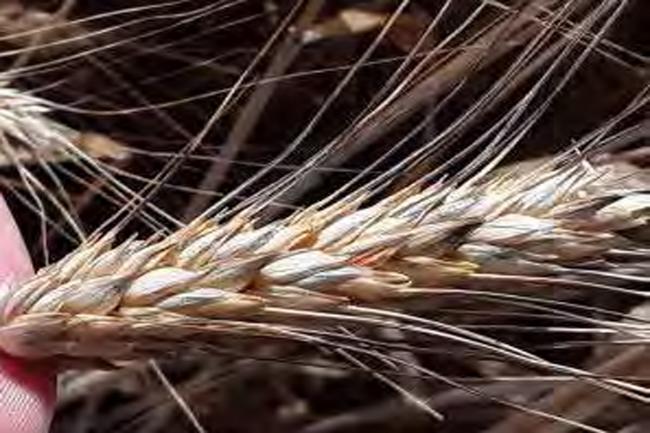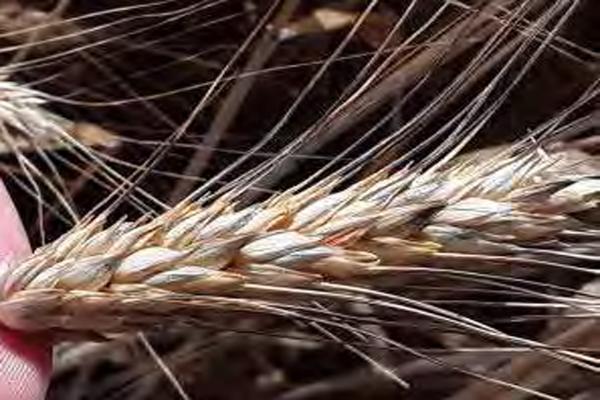Control and defence Management Systems from Fusarium Head Blight and DON Contamination

We aim to: define management and control systems for mycotoxin deoxynivalenol (DON) in wheat; provide an overall picture of the DON contamination in wheat by collecting information from the territory, comparing the different factorial dynamics (environment, plant and pathogen); create a cooperation network between different operators in the supply chain, which can synergistically implement the best management and control techniques, and increase through the project their skills; promote the dissemination of specific knowledge through interactive alerts, dissemination and informative material including stakeholders;foster the DON mangement and control, promoting health principle
The five-years demonstration project is designed to compare and analyse the most efficient monitoring, control and management systems of Fusarium and DON. The planned activities are: 1) installation of 15 agro-meteorological stations with field monitoring, use of two sophisticated forecasting software (Pessl and Horta) and photographic survey with Drons; 2) two demonstration fields: in the first two years with varietal tests and from the third year up to the fifth with efficacy tests for conventional and organic plant protection products; 3) comparison of the various post-harvest cleaning systems installed by the Project Partners, verifing their effectiveness in decreasing of DON;
In recent years there has been a significant increase in mycotoxins in cereals, which determines a contamination of the entire agri-food chain. Fusarium and DON synthesis are determined by climatic and agro-environmental factors, in particular by temperature, humidity and precipitation. Hence they are affected by the climatic trend, the cultivation environment, the cultivation techniques, the precession cultivations and the storage conditions. The health hazard related to DON limits the wheat commercialization depreciating and even rejecting the farmer production when the DON levels overcome the EU Regulations. This situation limits the marketability of wheat, demaging the farmer profitability. Prevention systems seems the only effective method but they must be implemented by the entire supply chain.
Expected results: 1) Identification of the cultivation techniques and wheat varieties more resistant to Fusarium and DON in order to guide the agricultural producers; 2) Identification of the best technology for recognition in the field of the pathology (Fusarium Head Blight); 3) Implementation of information alert system to suggest farmers the precise time of intervention, thus limiting the use of plant protection products; 4) Identification of the best techniques for separating contaminated grains during the pre-storage process; All planned activities and expected results are geared towards ensuring healthier product
| Titolo/Descrizione | Url | Tipologia |
|---|---|---|
|
Official Website of SiGeCo DON
|
Sito web
|
|
|
Schede riepilogative delle attività svolte e dei risultati
|
Materiali utili
|
|
|
Consorzio Maiscoltori Cerealicoltori Polesani Website
|
Link ad altri siti che ospitano informazioni del progetto
|
|
|
IRECOOP Veneto
|
Link ad altri siti che ospitano informazioni del progetto
|
|
|
Youtube channel
|
Materiali utili
|
